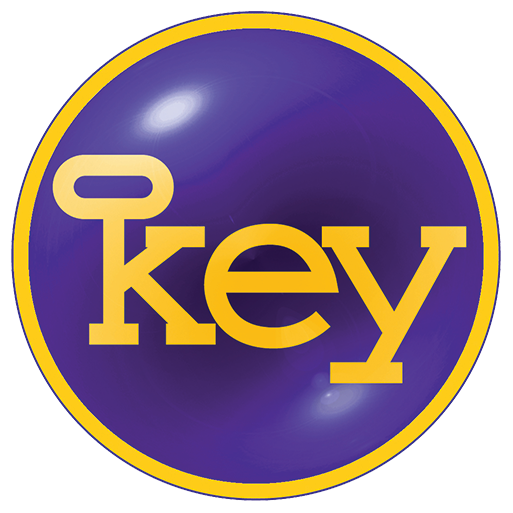Copyright 2014-2016 Simply Manage: Lead to Sustainability by Clark, Peterson, Pitt
When you hear conversations about the functions in your business or any other organisation does it seem like there's a tone of "Oh and there is Operations too"? Depending on the business, other functions such as Finance, Marketing or IT rather than Operations too often seems to get all the limelight. Meanwhile down in the "engine room" people are working their hearts out trying to overcome barriers that seem to have been deliberately put in their way to make it harder to deliver value to customers.
Perhaps it is easier for a bright, shiny car manufacturing plant or an enormous chemical process plant to be 'front and centre' in people's minds. The fact remains that Operations is where value-adding operations are. Doesn't it make sense, if you aim to be a customer-focused business, to regard this part of the organisation as vital and give it priority?
The sequence of value-adding processes and activities has been called the value stream. This phrase creates a really powerful image within the organisation. It introduces the idea of value flowing to customers. This should raise awareness of anything that is acting as a block or restriction to the flow. Where are the inefficiencies, delays, waste, inflexible thinking or arbitrary policy obstacles in your organisation that prevent value really flowing? Could this be where you could create competitive advantage?
It is not just in the main or final part of the value-stream that obstacles to flow exist. Almost everywhere upstream in your supply chain you will find obstacles to flow. Suppliers of materials, sub-contractors and information sources all will have scope to improve flow, sometimes through innovation.
This applies just as much to the service sector as well as in government and not-for-profit sectors. Indeed there is probably more opportunity in these areas than in manufacturing and process industries.
A final thought. Customers, service users, patients or other beneficiaries are essential suppliers of information to the value flow, particularly in service and information-based sectors . Have you looked to see whether your organisation has built barriers or obstacles to this essential information flow? For example, do you have outsourced call centres where unskilled staff operate in a target-driven environment resulting in a huge percentage of 'dropped calls'? Just a thought.
So do you use a 'picture' like the 2F diagram or flowcharts of how all the value adding processes in your business or organisation join up to serve your customers? How can you tell whether value is flowing with minimum restriction to your customers?


